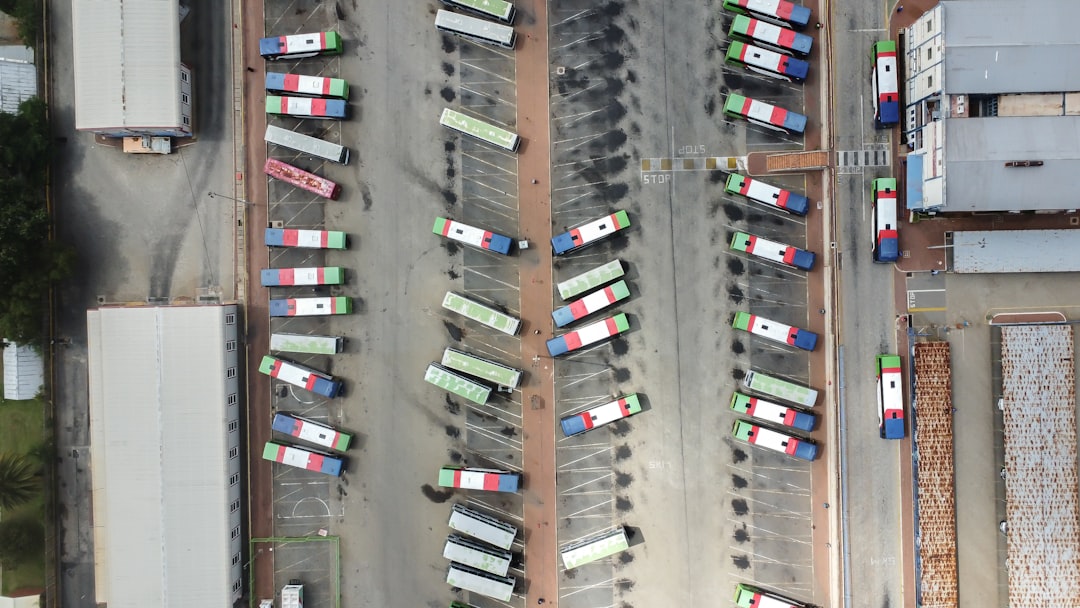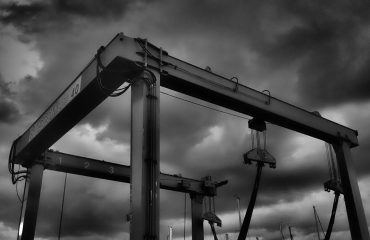The steel industry is a behemoth, demanding efficient and cost-effective logistics to move vast quantities of material across vast distances. From raw material sourcing to final product delivery, optimizing the logistics process is crucial for profitability and competitiveness. This blog post delves into the key strategies for achieving optimal steel delivery, exploring how advancements in technology and strategic planning can significantly impact the bottom line.
Route Optimization: The Smartest Path to Delivery
Route optimization is paramount in steel delivery. The sheer weight and size of steel products necessitate careful planning to minimize transportation costs and delivery times. Advanced route planning software utilizes algorithms that consider various factors, including:
- Distance and travel time: Calculating the shortest and fastest routes, accounting for traffic patterns and road conditions.
- Vehicle capacity and weight limits: Ensuring that chosen routes are suitable for the size and weight of the steel being transported, preventing overloading and potential accidents.
- Delivery windows and deadlines: Scheduling deliveries to meet customer requirements and minimize delays.
- Fuel costs and efficiency: Optimizing routes to reduce fuel consumption and environmental impact.
- Real-time traffic updates: Adapting routes dynamically to avoid congestion and unforeseen delays.
By implementing sophisticated route optimization systems, steel companies can significantly reduce their transportation costs, improve delivery times, and enhance customer satisfaction.
Inventory Management: Striking the Balance Between Supply and Demand
Effective inventory management is the cornerstone of efficient steel delivery. Maintaining optimal stock levels is crucial to prevent stockouts that disrupt production schedules and lead to lost sales, while simultaneously avoiding excessive inventory that ties up capital and increases storage costs. Modern inventory management systems leverage data analytics to:
- Forecast demand: Predicting future steel requirements based on historical data, market trends, and customer orders.
- Optimize stock levels: Maintaining sufficient inventory to meet demand without excessive overstocking.
- Track inventory in real-time: Providing accurate visibility into stock levels across all locations.
- Manage warehousing and storage: Optimizing warehouse space utilization and minimizing storage costs.
- Improve order fulfillment: Streamlining the order processing and delivery process.
By implementing a robust inventory management system, steel companies can ensure timely delivery, minimize waste, and maximize profitability.
Transportation Management System (TMS): Centralizing Control and Visibility
A Transportation Management System (TMS) acts as the central nervous system for steel delivery logistics, integrating various aspects of the process into a single platform. A TMS provides:
- Centralized order management: Managing orders from initiation to delivery.
- Real-time tracking and monitoring: Tracking shipments in real-time, providing visibility into their location and status.
- Carrier management: Managing relationships with carriers and selecting the most cost-effective options.
- Document management: Managing shipping documents and ensuring compliance with regulations.
- Reporting and analytics: Providing data-driven insights into logistics performance.
Utilizing a TMS enhances efficiency, reduces errors, and improves overall control over the steel delivery process.
Leveraging Technology: Embracing Automation and Data Analytics
Technology plays a crucial role in optimizing steel delivery logistics. The adoption of advanced technologies such as:
- GPS tracking: Real-time tracking of vehicles and shipments.
- Telematics: Monitoring vehicle performance and driver behavior.
- Predictive analytics: Forecasting potential delays and disruptions.
- Blockchain technology: Enhancing transparency and security in the supply chain.
- Artificial intelligence (AI) and machine learning (ML): Optimizing routes, predicting demand, and automating tasks.
can significantly improve efficiency, reduce costs, and enhance the overall delivery process. Data-driven decision-making is crucial for identifying areas for improvement and implementing effective solutions.
Collaboration and Communication: The Key to a Smooth Operation
Effective communication and collaboration between all stakeholders – from suppliers and manufacturers to carriers and customers – are crucial for successful steel delivery. Open communication channels and efficient information sharing can prevent delays, resolve issues quickly, and ensure a smooth delivery process. This includes:
- Real-time updates: Keeping all stakeholders informed about the status of shipments.
- Proactive communication: Addressing potential issues before they escalate.
- Collaborative platforms: Utilizing technology to facilitate communication and information sharing.
- Strong supplier relationships: Ensuring reliable supply and timely delivery of raw materials.
- Customer relationship management (CRM): Managing customer expectations and ensuring satisfaction.
By fostering strong relationships and efficient communication, steel companies can optimize their logistics operations and deliver exceptional service.
Optimizing steel delivery logistics is a continuous process that requires ongoing monitoring, analysis, and adaptation. By embracing technology, implementing best practices, and fostering strong collaborations, steel companies can achieve significant improvements in efficiency, cost reduction, and customer satisfaction.
Tags: steel delivery, logistics optimization, supply chain, route optimization, inventory management




